Episodes

Thursday Apr 26, 2018
Thursday Apr 26, 2018
People have been growing houseplants in houses for a long time. They balance relative humidity, they clean the air, and they generally make the place homier.
But a marijuana grow-room is different—large bushes filling a bedroom, demanding resources that typical houseplants do not demand.
This can produce a lot of unwanted situations from moisture and indoor air quality problems, increases water and electrical usage, and possibly com plaints from the neighbors about aroma.
A lot more info is here: https://www.protradecraft.com/engineering-building-science-and-code-implications-marijuana-grow-rooms
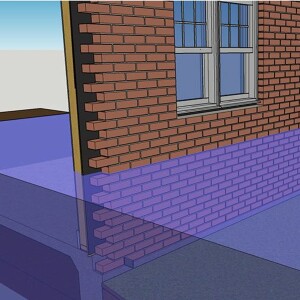
Thursday Mar 08, 2018
Thursday Mar 08, 2018
If you can't build to stay dry, build to tolerate wet.
In this episode of 7 Minutes of BS, 'Dr. Joe' Lstiburek, PhD , P. Eng, ASHRAE Fellow, and founding principal of Building Science Corporation explains why flood water cleanup is critical, and how to rebuild with tolerance in mind.
Flood resistant construction is two things:
One approach is to build above the flood level, and it doesn't matter. That's an insanely logical way of doing it, you don't have to use special materials once you get above the flood level.
The second is that you assume the materials in the assembly are going to get wet, and saturated, so you build it in such a way that it is easy to dry and clean the building and pout it back together after the event happens.
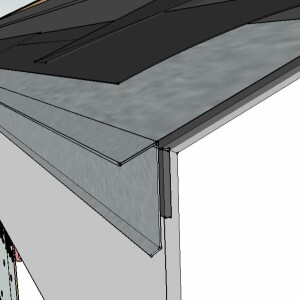
Thursday Feb 22, 2018
Thursday Feb 22, 2018
A Drip edge is the leading edge of a flashing, sill, overhang or other linear, horizontal building element, designed to shed water.
they’re commonly found at enclosure details such as flashings, overhangs, or transition details between enclosure elements.
Like where one type of siding meets another. Or at the base of a wall where siding sets above a water table band.

Thursday Nov 09, 2017
Thursday Nov 09, 2017
"Science is a method of understanding how things work in the universe."
Allison Bailles, Ph.D. is the gest for this episode of 7 Minutes of BS.
We decided to back out of Building Science for a minute to talk about what science is, how it works, why it matters, and whether only ostrichs do not understand that climate change is a thing.
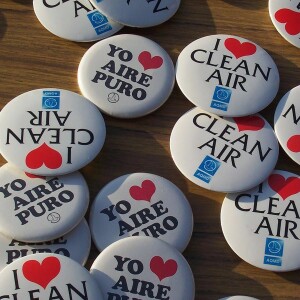
Thursday Nov 09, 2017
Thursday Nov 09, 2017
Three-pronged solution to indoor pollution: Isolate, eliminate, and ventilate.
For today's topic, we have Jim Shelton, Vice President, Panasonic Eco Solutions of North America as he breaks down the nuts and bolts of cleaning the air inside a building and keeping that way.

Tuesday Sep 19, 2017
Tuesday Sep 19, 2017
Heat stress is a net heat load to which a worker is exposed from the combined contributions of metabolic heat, environmental factors, and clothing worn, which results in the increase in heat storage in the body.
Too much heat stress can increase the risk for experiencing a heat-related illness such as heat stroke, heat exhaustion, heat cramps, heat rash— and DEATH.
Image: Guian Bolisay via Wikimedia Commons
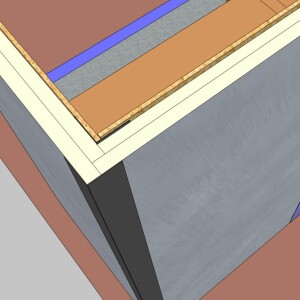
Friday Aug 18, 2017
Friday Aug 18, 2017
"You can't simply go down to the hardware store and buy a box labeled air barrier."
This episode features Jonathan Smegal, M.A. SC a Senior Project Manager with RDH Building Science Laboratories breaking down the topic of air barriers in walls and roofs.
"A layer in the enclosure that stops the air movement from the interior to the exterior, and it often requires many components that are put together to make a durable continuous air barrier system."

Wednesday Jul 26, 2017
Wednesday Jul 26, 2017
In this episode, we are joined by Sarah Gray, an engineer with RDH Building Science Inc. to talk about using simple physics to outthink simple physics.
Using gravity to beat surface tension, and slope to beat gravity.
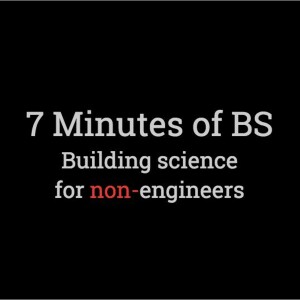
Monday Jun 26, 2017
Monday Jun 26, 2017
Vapor permeance is the property of a material – and in our discussions this will be building materials – which permits the passage of water vapor through it.
Today's guest is Jonathan Smegal of RDH Building Science Laboratories...
Some materials have high vapor permeance which means they allow a lot of water vapor to pass and other materials have significantly less vapor permeance, so they block water vapor movement and these are called vapor barriers or vapor retarders."
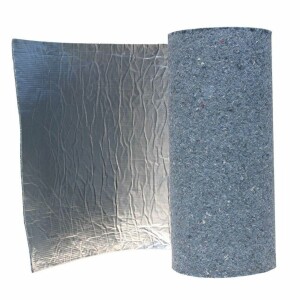
Tuesday May 30, 2017
Tuesday May 30, 2017
Thin foil can block massive amounts of heat transfer, but it needs a massive temperature difference to be effective. So, in residential construction, thermal insulation makes radiant barriers largely irrelevant.






